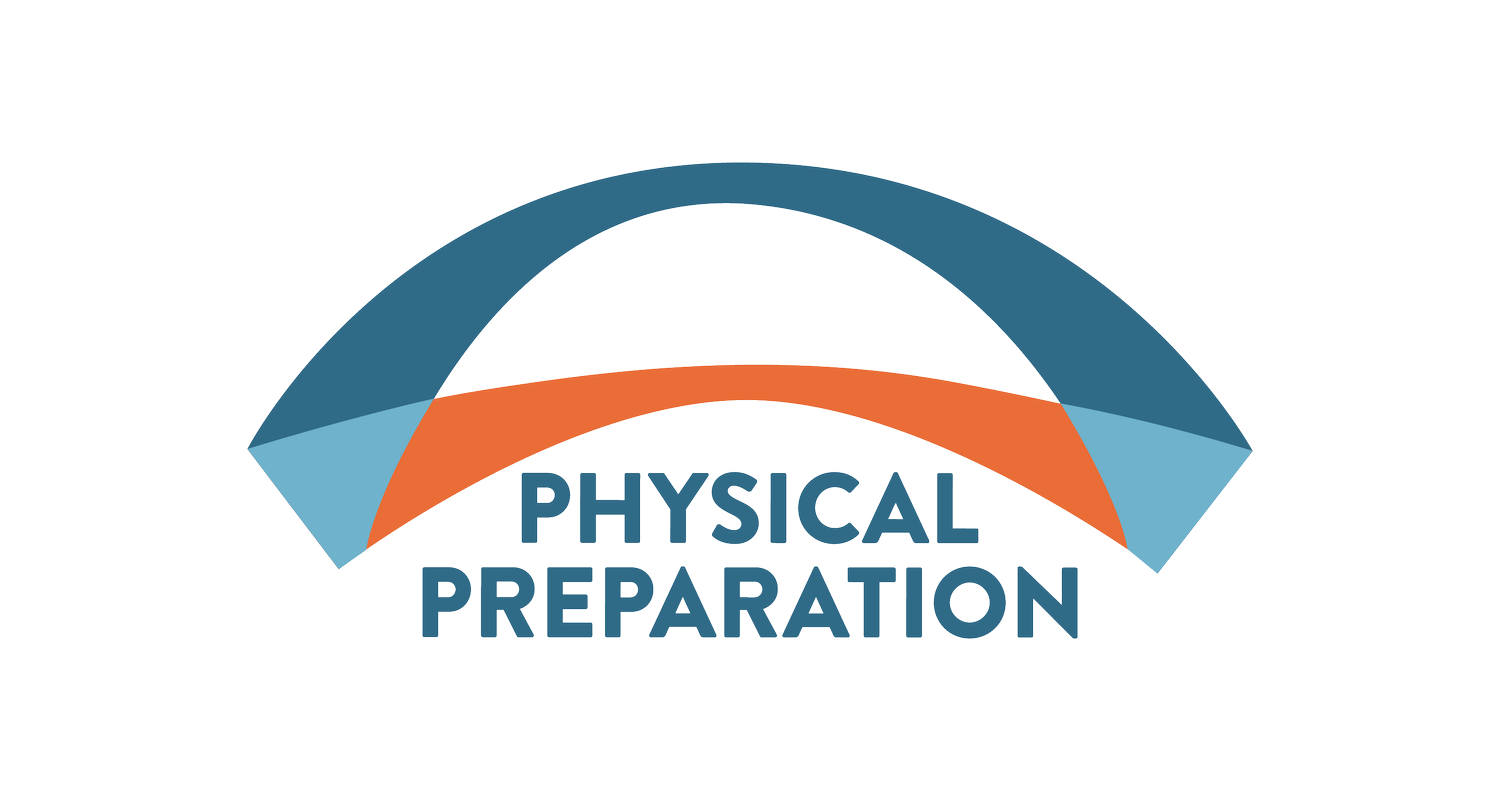Training Principles
Strength training, also known as resistance or weight training has the greatest potential benefit on both your performance as an athlete and overall heath.
One can think of exercise as medicine, since it has the potential to lower the risk of nearly all chronic diseases.
The problem is key principles of training and acute program variables are often misunderstood, leaving people unaware of what the effective ‘dose’ is. (1,2)
Another issue is that untrained individuals are highly adaptable, which means almost any exercise program, load and method may increase strength in the short term. This is likely due to neural adaptations in response to the new training stimulus and will have a low ceiling for additional improvements. If you wish to pursue further strength adaptations, progressive overload is essential. (2)
The capability of a strength training program to achieve a specific or desired outcome depends on two things: (3-5)
Following the key principles of training
Manipulating acute program variables
Key Principles of Training:
Overload = exposure of tissues to greater than accustomed to training stress
Reversibility = removal of tissue loading results in loss of adaptations
Progression = continuous and organized increases in training stress or overload to enhance or maintain training adaptations
Individualization = modification of training due to different variations in the response to training
Periodization = planned organization and modification of training programs over time to optimize progression
Specificity = matching training to the movements patterns and intensities that occur during sport to enhance performance
Acute Program Variables:
Intensity
Volume
Rest
Frequency
Muscle action
Exercise selection & order
Intensity:
Intensity or load refers to the amount of weight assigned to an exercise set and is the most important variable in programming to drive adaptation. Intensity can be determined by:
-Weight
-% of RM (Repetition Maximum)
-Rating of Perceived Exertion
-Repetitions in Reserve
Volume:
Volume can describe the number of repetitions per set, number of sets per session, or the number of sessions per week
Rest:
Rest is the time allotted for recovery between sets and exercises. Rest is the second most important program variable, since it will determine the intensity and demand of the exercise. The length of the rest period is dependent on the training goal, the relative load lifted, and the training status of the individual.
Frequency:
Training frequency refers to the number of training sessions completed in a given time period, usually over a week. Frequency is dependent on the type of training, the status and recovery ability of the individual.
Muscle action:
An exercise can occur with the muscle shortening (concentric), lengthening (eccentric) or not moving (isometric). Most exercises involve all three muscle actions. Though some specific exercises may focus on one of the three muscle actions.
Exercise selection & order:
There are an endless number of exercises that can be utilized while training. Typically, multi-joint exercises (i.e. Squat, deadlift, bench press) are performed first, as they are more intense and require higher muscle activation and energy expenditure. Followed by single-joint exercises as required.
-
1. Hansford, H. J., Wewege, M. A., Cashin, A. G., Hagstrom, A. D., Clifford, B. K., McAuley, J. H., & Jones, M. D. (2022). If exercise is medicine, why don't we know the dose? An overview of systematic reviews assessing reporting quality of exercise interventions in health and disease. British journal of sports medicine, 56(12), 692–700.
2. Maestroni, L., Read, P., Bishop, C., Papadopoulos, K., Suchomel, T. J., Comfort, P., & Turner, A. (2020). The Benefits of Strength Training on Musculoskeletal System Health: Practical Applications for Interdisciplinary Care. Sports medicine, (50(8), 1431–1450.
3. Bird, S. P., Tarpenning, K. M., & Marino, F. E. (2005). Designing resistance training programs to enhance muscular fitness: A review of the acute programme variables. Sports Med 35(10), 841-851
4. Fleck, S.J., & Kraemer, W.J. (2014). Designing resistance training programs. Fourth edition. Champaign, IL, Human Kinetics.
5. Kasper, K. (2019). Sports Training Principles. Current Sports Medicine Reports, 18(4), 95-96

